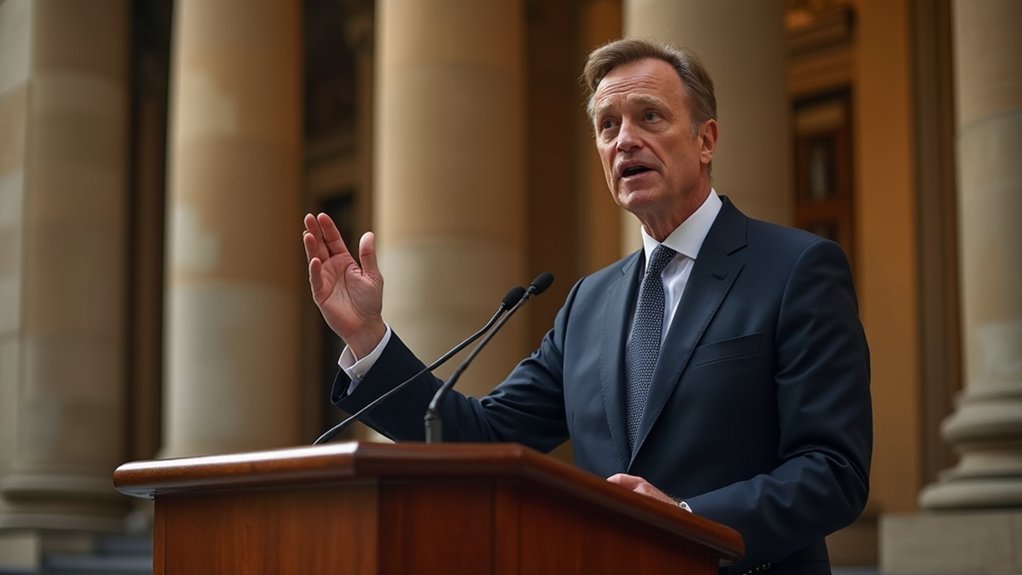While the cryptocurrency world has long been characterized by wild price swings that can make even seasoned traders reach for antacids, stablecoins have emerged as the digital asset ecosystem‘s answer to volatility—a seemingly oxymoronic concept that promises the technological benefits of blockchain without the heart-stopping price fluctuations.
These digital assets achieve their stability through various mechanisms, each with its own peculiar logic. Fiat-collateralized stablecoins maintain reserves in traditional currencies (presumably in actual bank accounts, though one might wonder about the irony of using legacy financial infrastructure to support revolutionary technology).
Crypto-collateralized variants use other digital assets as backing, requiring over-collateralization to manage the inherent volatility of their reserves—essentially fighting fire with fire, but with mathematical precision. Algorithmic stablecoins, perhaps the most audacious, attempt to maintain price stability through automated supply adjustments, relying on market forces and code rather than tangible assets.
The practical applications have proven remarkably diverse. Traders use stablecoins as digital safe havens, parking funds between speculative ventures without the friction of converting to fiat currencies. Cross-border payments benefit from the efficiency of blockchain technology while avoiding the wild west atmosphere of traditional cryptocurrencies.
The decentralized finance ecosystem has particularly embraced these assets, using them as stable collateral for lending protocols and yield farming strategies that would make traditional bankers question their career choices. This financial accessibility is particularly transformative for the approximately 1.4 billion unbanked adults worldwide who can now access digital financial services through smartphones and internet connections.
Institutional adoption has accelerated as sophisticated investors recognize the utility of maintaining exposure to digital asset infrastructure without the stomach-churning volatility of Bitcoin or Ethereum. The stablecoin market has reached unprecedented scale, with total capitalization exceeding $162 billion as of late June 2024. This growing acceptance has attracted regulatory scrutiny, with governments increasingly examining stablecoins’ systemic implications—a development that suggests these instruments have achieved sufficient significance to warrant official concern. The 2025 GENIUS Act represents a significant legislative breakthrough in establishing comprehensive regulatory frameworks for payment stablecoins in the United States.
However, the fundamental challenge remains: no absolute guarantee exists that stablecoins will maintain their pegs indefinitely. Reserve management, market dynamics, and the occasional algorithmic failure can disrupt even the most carefully designed stability mechanisms.
Despite these limitations, stablecoins have carved out an essential role in modern finance, serving as the proverbial bridge between traditional monetary systems and the brave new world of decentralized digital assets.









